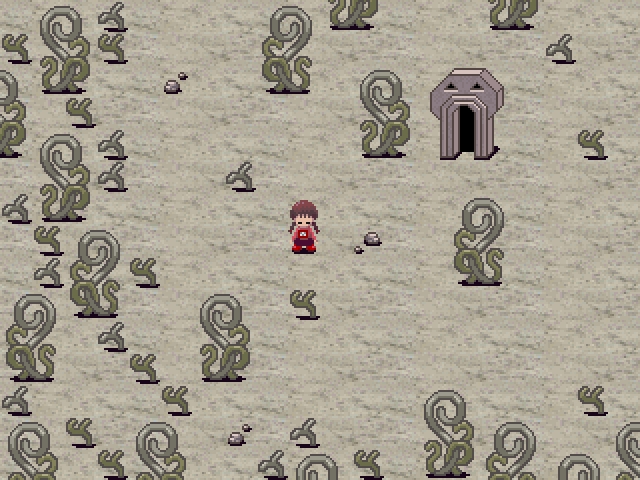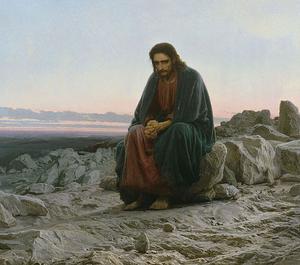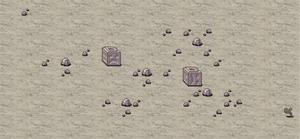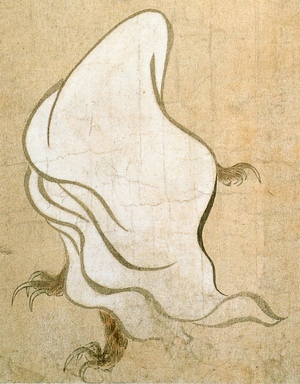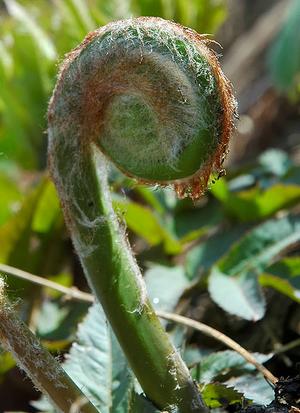>Mt.kiki No edit summary |
>Mt.kiki No edit summary |
||
| Line 81: | Line 81: | ||
==[[The Wilderness]]([http://en.wikipedia.org/wiki/Osmunda_japonica Osmunda japonica])== | ==[[The Wilderness]]([http://en.wikipedia.org/wiki/Osmunda_japonica Osmunda japonica])== | ||
Osmunda japonica ('''Japanese royal fern''' or '''Japanese flowering fern'''; syn. ''Osmunda nipponica'' Makino) is a [http://en.wikipedia.org/wiki/Fern <u>fern</u>] in the genus ''[http://en.wikipedia.org/wiki/Osmunda <u>Osmunda</u>]'' native to eastern Asia, including [http://en.wikipedia.org/wiki/Japan <u>Japan</u>], [http://en.wikipedia.org/wiki/China <u>China</u>], [http://en.wikipedia.org/wiki/Korea <u>Korea</u>], [http://en.wikipedia.org/wiki/Taiwan <u>Taiwan</u>], and the far east of [http://en.wikipedia.org/wiki/Russia <u>Russia</u>] on [http://en.wikipedia.org/wiki/Sakhalin <u>Sakhalin</u>]. | |||
| Line 109: | Line 107: | ||
In many ancient civilizations, is regarded as a symbol of the cycle of death and rebirth, often drawn to such grave. | In many ancient civilizations, is regarded as a symbol of the cycle of death and rebirth, often drawn to such grave. | ||
[http://yumenikki.wikia.com/wiki/Mural_World(name)#Mural_World.28Petroglyph.29 5 Mural World(Petroglyph)] | |||
Petroglyphs (also called '''rock engravings''') are [http://en.wikipedia.org/wiki/Pictogram <u>pictogram</u>] and [http://en.wikipedia.org/wiki/Logogram <u>logogram</u>] [http://en.wikipedia.org/wiki/Image <u>images</u>] created by removing part of a [http://en.wikipedia.org/wiki/Rock_(geology) <u>rock</u>] surface by incising, picking, carving, and abrading. | |||
Revision as of 05:42, 24 February 2013
The Wilderness(Temptation of Christ)
荒野の誘惑(あらののゆうわく)はキリスト教の聖書正典である新約聖書に書かれているエピソードの1つ。キリスト教教理において重要な役割を果たしており、キリスト教文化圏の芸術作品の中で繰り返し用いられるモチーフでもある。 The temptation of Christ is detailed in the Gospels of Matthew,[1] Mark,[2] and Luke.[3] According to these texts, after being baptized, Jesus fasted for forty days and nights in the Judaean Desert. During this time, the devil appeared to Jesus and tempted him. Jesus having refused each temptation, the devil departed and angels came and brought nourishment to Jesus.
洗礼者ヨハネから洗礼を受けた後、イエスは霊によって荒れ野に送り出され、そこに40日間留まり、悪魔(サタン)の誘惑を受けた。マルコによる福音書(1:12,13)、マタイによる福音書(4:1-11)、ルカによる福音書(4:1-13)の福音書に記述がある。以下は、マタイ伝とルカ伝によるもの。
The Wilderness(Book of Isaiah 8:14)
The Book of Isaiah (Hebrew: ספר ישעיה) is the first of the Latter Prophets in the Hebrew Bible, preceding Ezekiel, Jeremiah and the Book of the Twelve. (The order of the subsequent books differs somewhat in the Christian Old Testament).
主はイスラエルの二つの家には聖所となり、またさまたげの石、つまずきの岩となり、
Rock and stone of hindrance, of stumbling, to the inhabitants of Jerusalem will be net,
エルサレムの住民には網となり、わなとなる
he will be a snare to the main house of Israel are also two, become a sanctuary http://en.wikipedia.org/wiki/Book_of_Isaiah
The Wilderness(Ittan-momen)
Ittan-momen (一反木綿 "one bolt(tan) of cotton"?) is a Tsukumogami formed from a roll of cotton in Japanese myth. The Ittan-momen "flies through the air at night"[citation needed] and "attacks humans, often by wrapping around their faces to smother them."[citation needed]
The Wilderness(Osmunda japonica)
Osmunda japonica (Japanese royal fern or Japanese flowering fern; syn. Osmunda nipponica Makino) is a fern in the genus Osmunda native to eastern Asia, including Japan, China, Korea, Taiwan, and the far east of Russia on Sakhalin.
The Wilderness(Spiral)
Spiral is used as a symbol of the revolution.
多くの古代文明で、死と再生の循環の象徴とみなされ、墓などにしばしば描かれた。
In many ancient civilizations, is regarded as a symbol of the cycle of death and rebirth, often drawn to such grave.
Petroglyphs (also called rock engravings) are pictogram and logogram images created by removing part of a rock surface by incising, picking, carving, and abrading.

